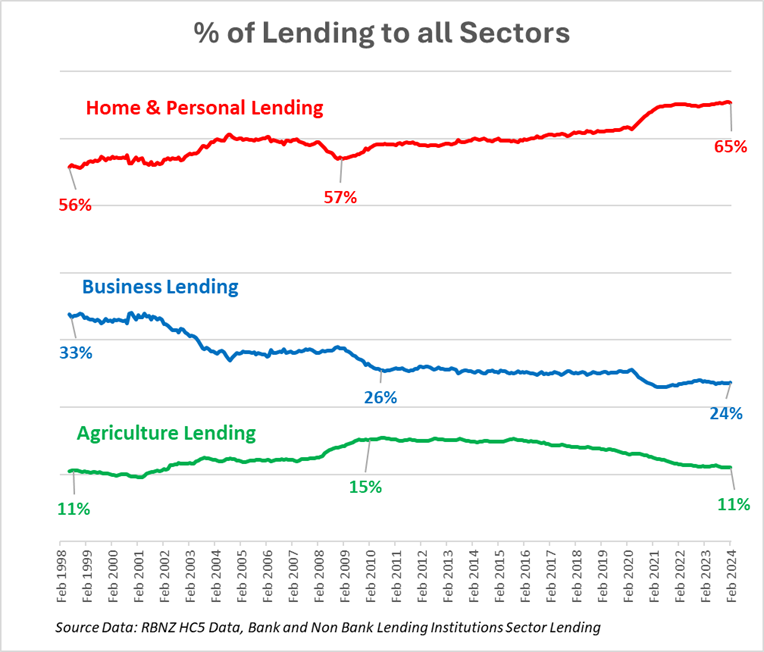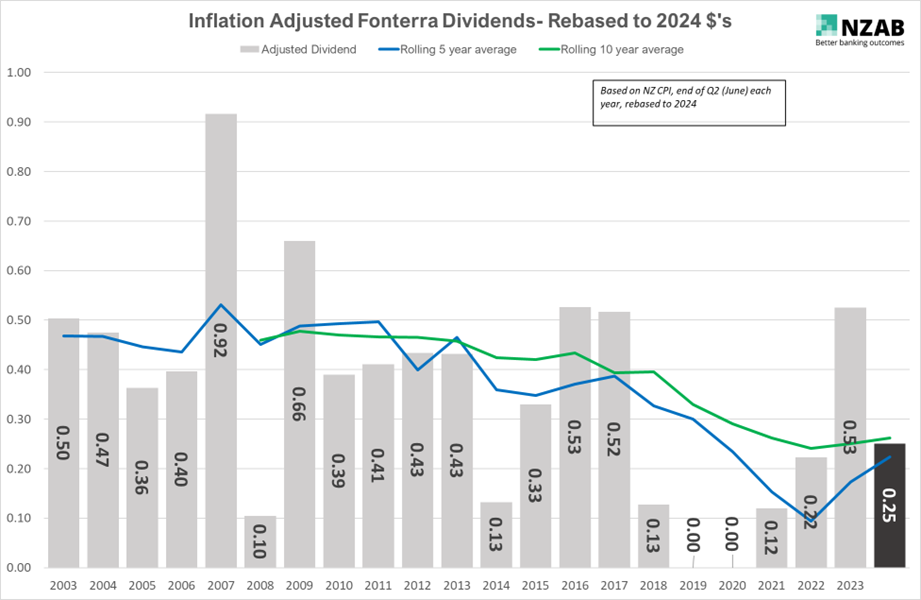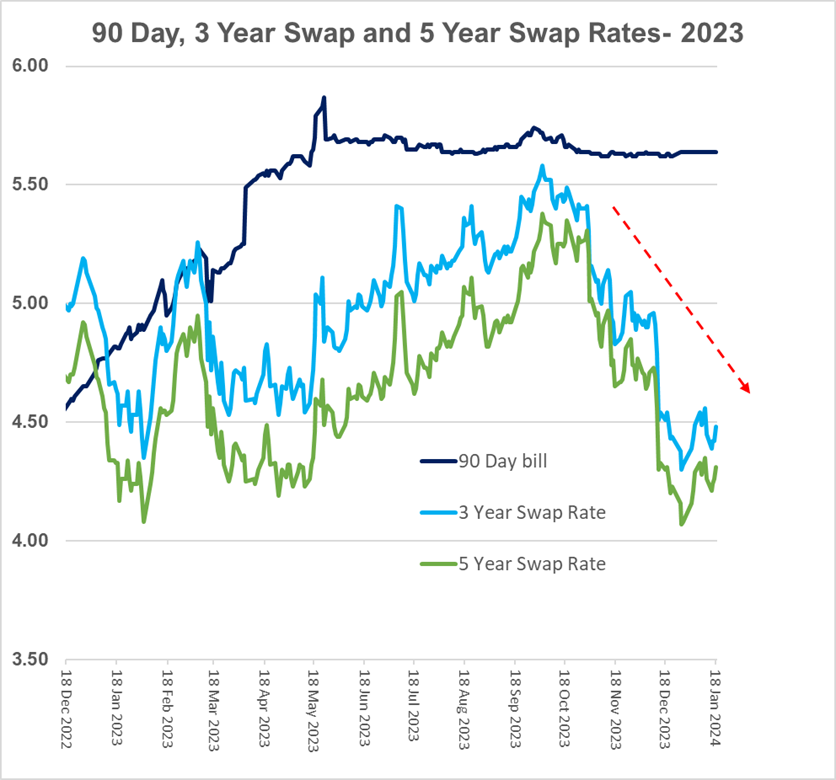Information only disclaimer. The information and commentary in this email are provided for general information purposes only. We recommend the recipients seek financial advice about their circumstances from their adviser before making any financial or investment decision or taking any action.
We first started talking about Kiwibank being re-purposed for Agri growth (and more business lending) in this article here
Within that article we discussed Kiwibank’s success, but despite that, capital regulations were preventing them from becoming a meaningful player in Agri lending.
Quite simply, Kiwibank has a limited amount of its own equity capital, and the capital adequacy rules (i.e how much of its own equity it needs to place against each loan) means that it’s more incentivised to lend on houses than it is to an Agri or business customer.
Now, the future of Kiwibank is again on the table after a speech by Nicola Willis, New Zealand’s Finance Minister, over the weekend. One of the ideas circling parliament at the moment is to expand Kiwibank by allowing it to seek more capital - this might be either from Government itself, or further external capital. The earlier Commerce Commission report on the banking sector actively supported the expansion of Kiwibank as a way of encouraging further competition in the New Zealand banking sector, so any move from Government is likely to be on point with this.
The only trouble with that approach, is without any change to capital regulation, any non-specific capital introduction into Kiwibank is more than likely going to simply stimulate a further expansion in home lending credit – great for home owners getting access to competitive credit (and also for house values) - but absolutely no use whatsoever to the productive sector.
We saw a version of this during Covid – when the RBNZ introduced the LSAP programme, they provided c. $50bn to New Zealand banks as lines of additional credit. When added to the government’s own stimulus we observed a huge amount of additional liquidity landing in banks. In turn, given their capital settings favoured home lending, the banks did what they did best and fed it down that channel - leading to a significant explosion in home lending, subsequently fueling house price growth.
If you prefer to see this more graphically, the below graph shows that bulge of new lending going through:










